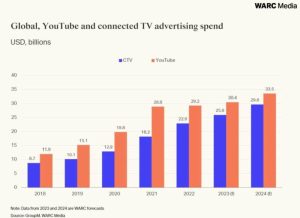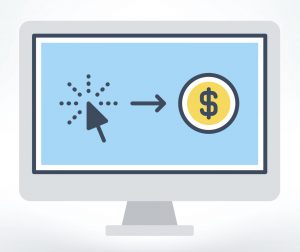When we think about video marketing, we tend to think most about its external impact. How many leads did this video generate? What is its impact on brand awareness? It’s not surprising we think this way, given the array of stats that tout the effectiveness of explainer videos. But we should not forget that internally produced explainer videos—produced by a company for current, former or even prospective employees—can have just as much of an impact.
This is especially true when it comes to employee engagement. According to a recent Gallup Poll, only 31.5% of employees were engaged in their jobs last year. Not only does this mean that 68.5% of employees are “not engaged,” but over 25% of that group could be classified as “actively disengaged.” To turn these numbers around, there’s obviously no quick and easy solution. Employee engagement is, after all, a complex issue that is influenced by many factors. But one proven way to combat some of those factors (such as boredom, confusion and miscommunication) is by using video.
So today, we’re going to look at four ways that companies can leverage video to increase productivity and improve employee engagement:
1. Internal Communication: Years ago, when I used to work in finance, I remember greeting non-urgent internal communications in one of two ways:
- Deleting the message immediately
- Saving the message to read later but rarely actually doing so
Now, hopefully most employees are more diligent about this than I used to be. But the reason I mention my own experience is to highlight a larger disconnect inherent. When it comes to internal communications, most employees don’t care nearly as much as their employers would hope. A lot of this stems from a belief amongst employees that most internal communications are boring, repetitive and don’t necessarily apply to their position.
To change that mentality, wouldn’t it be great if there were a way to express important information in a easy-to-understand and entertaining way? As you probably guessed, that’s exactly what explainer videos were created to accomplish. To this point, we recently published a piece entitled How to Engage Employees with Animation that explains why animated explainer videos are so effective. Principles that hold true not only for current employees but also for…
![]()
2. Training New Employees: Using internal explainer videos is not only an effective means to introduce corporate culture and bring new hires up to speed, but there is another component to the value proposition: the cost-benefit of not requiring other employees to spend time and energy (or as much time and energy) to train the new employee.
In the past, companies have attempted to accomplish this with live action instructional videos. There is nothing wrong with this approach, but these (typically low-budget) instructional videos tend to age much more poorly than animated videos. They are also much more difficult to “update” (i.e. with a new policy) than animated videos, where the content can more easily be revised or restructured down the road.
![]()
3. Introducing New Products: Every company innovates and evolves, but problems occur when employees aren’t all on the same page about the innovation and evolution. With explainer videos, however, a business can effectively get everyone on that same page. Not only with regards to the product itself, but with a greater depth that helps explain how this new product will integrate into the larger landscape.
![]()
4. Updating Processes: In addition to providing a bridge that will help mend various knowledge gaps, explainer videos also offer an efficient way to quickly and efficient change internal protocol. This can refer to anything from educating employees about new health care options to providing nuanced instructions about how to now log transactions into a new system.
Digital & Social Articles on Business 2 Community(57)








